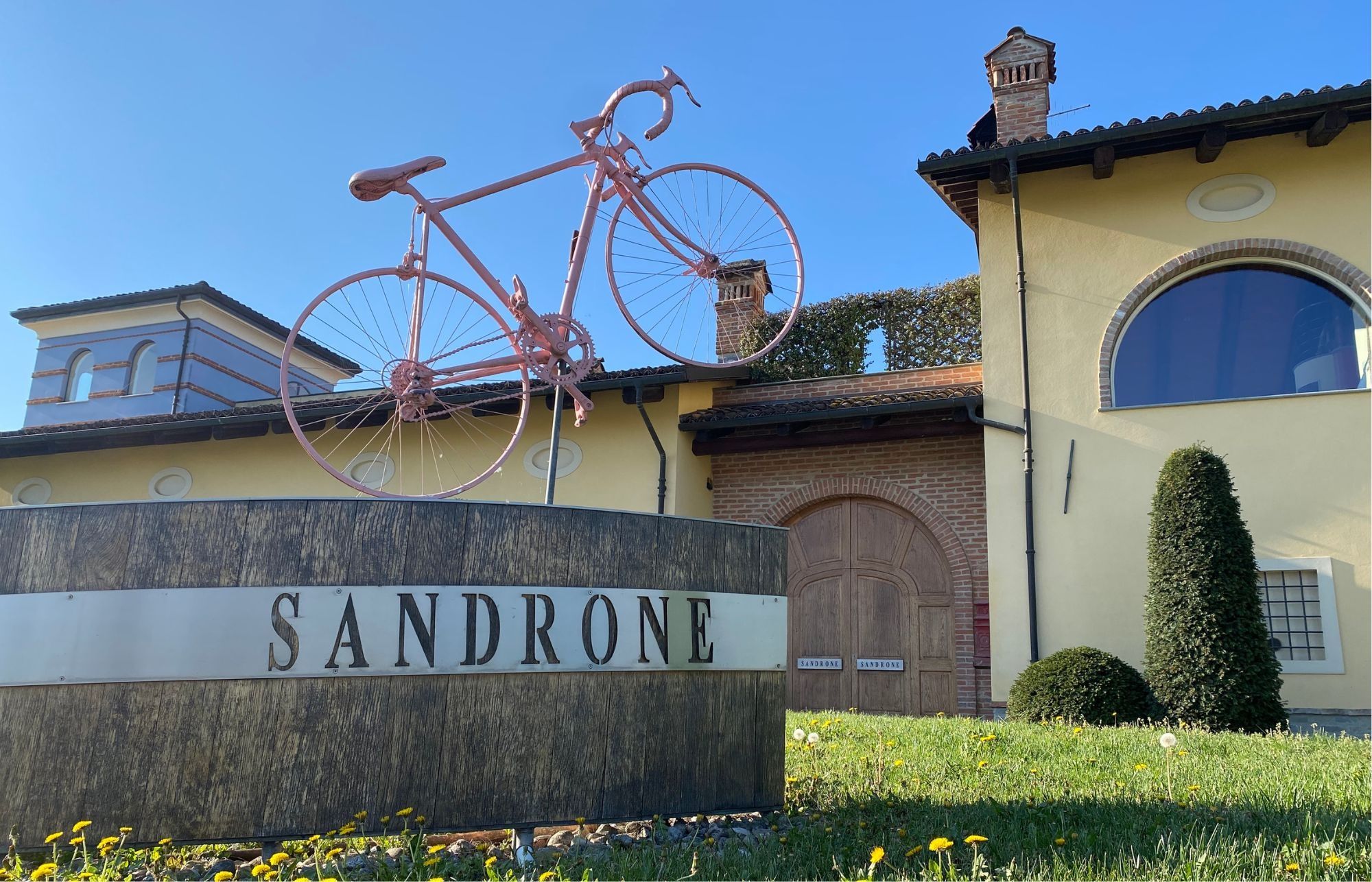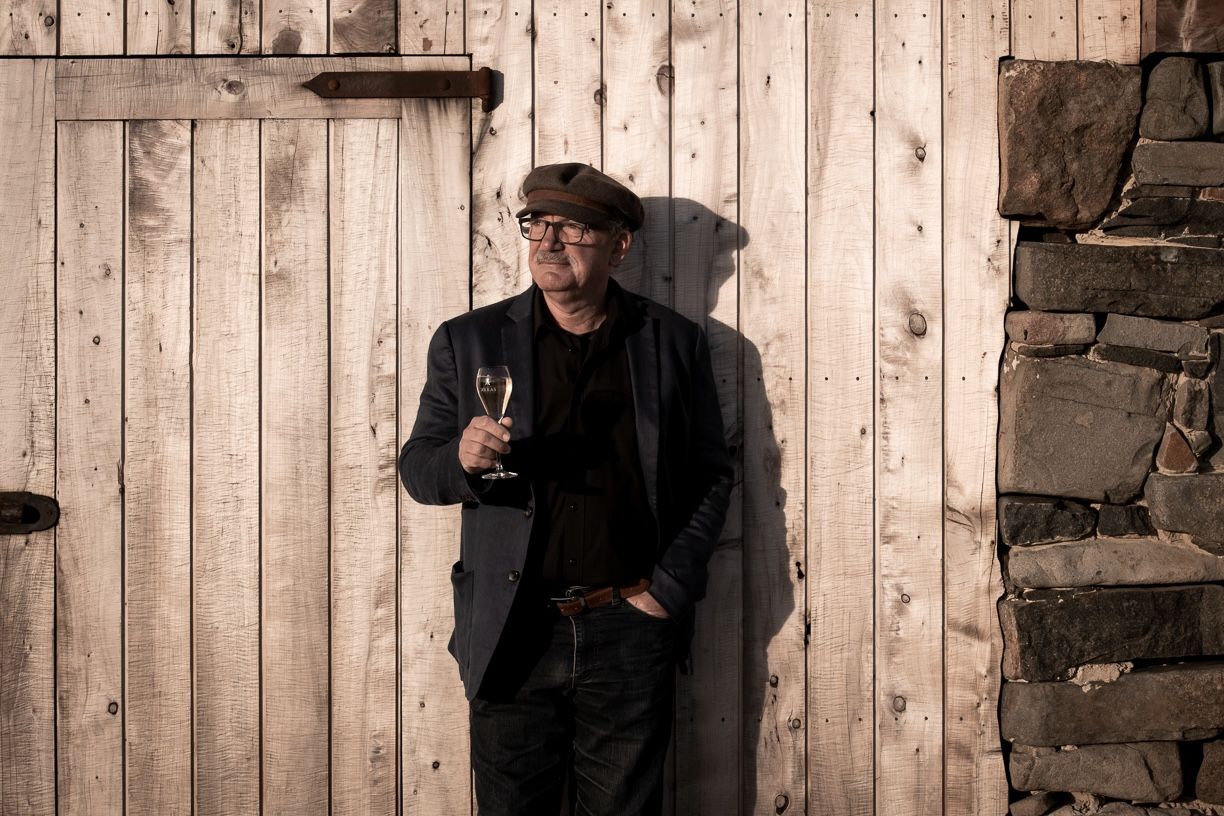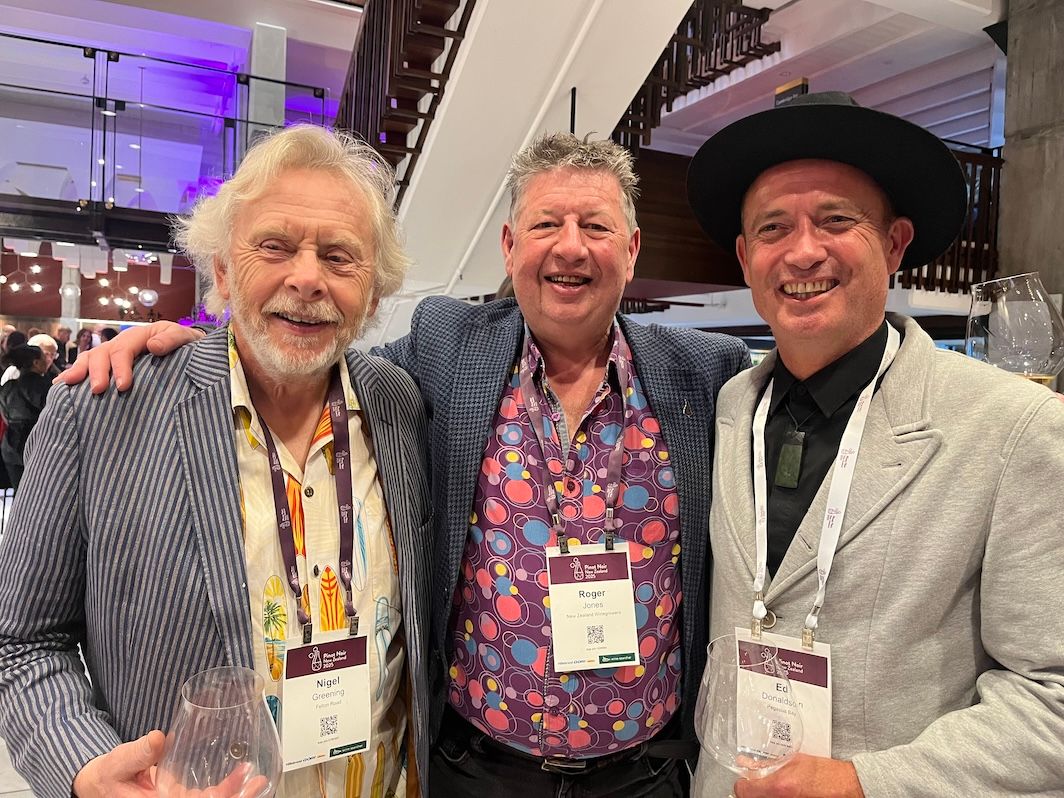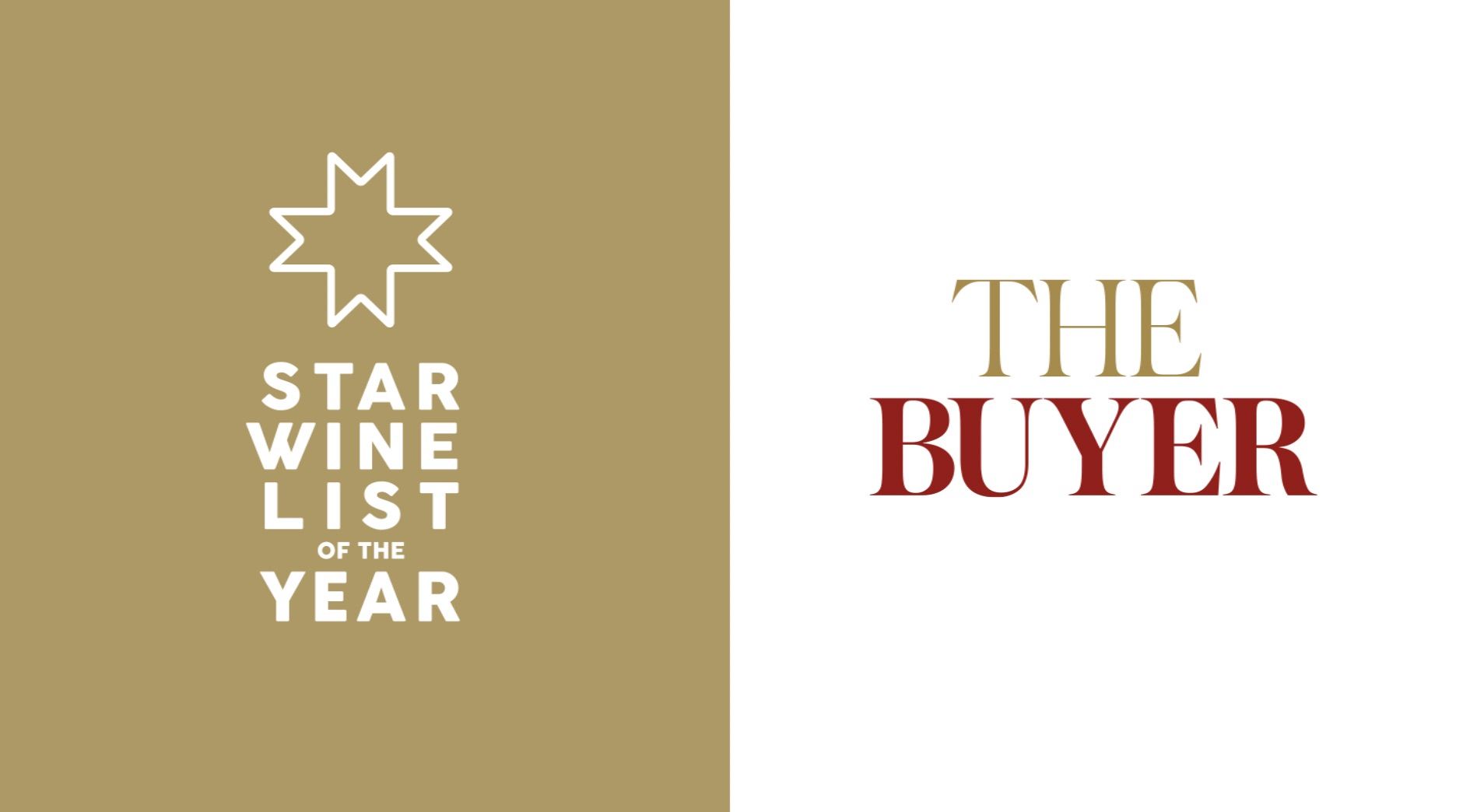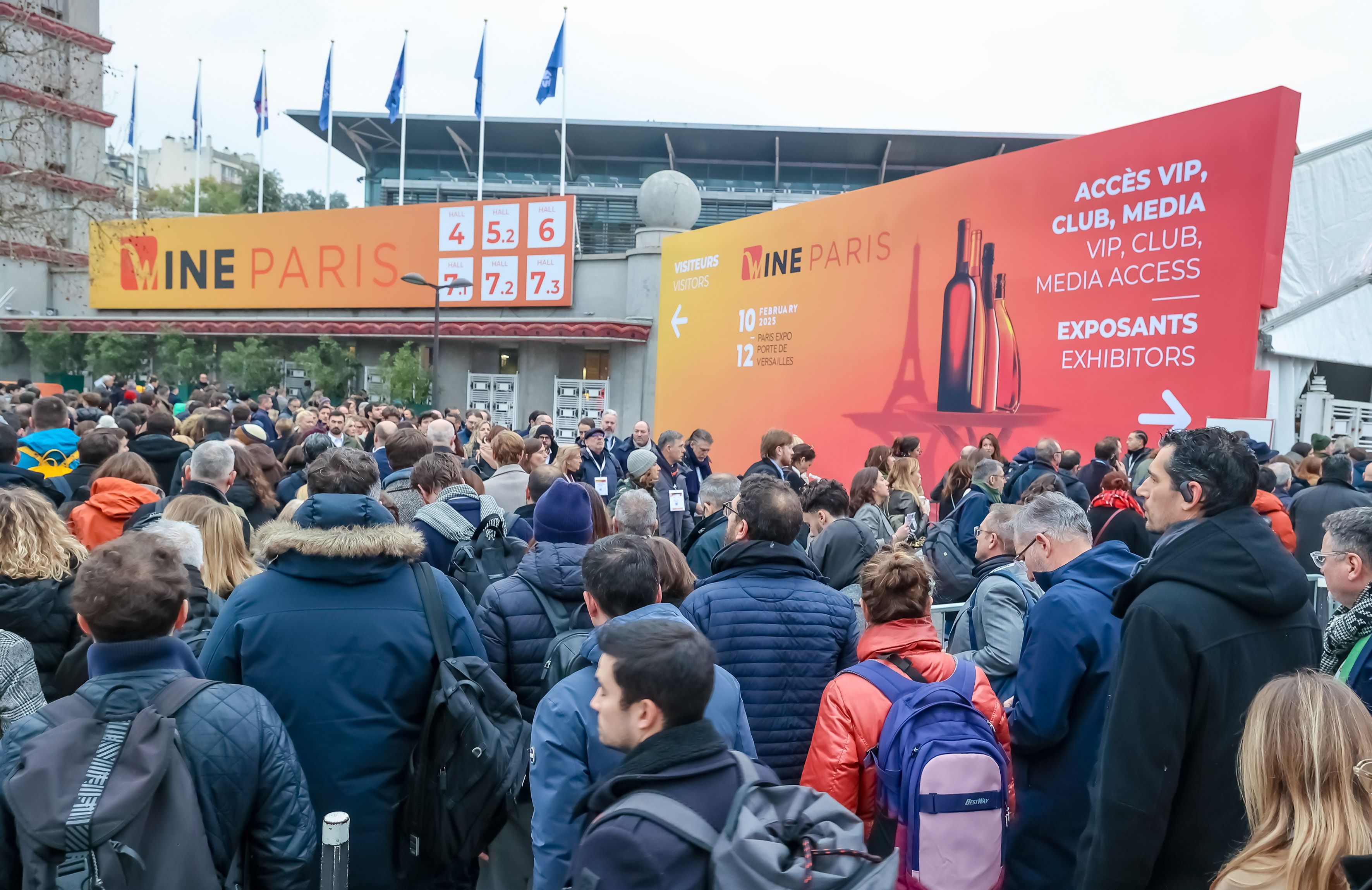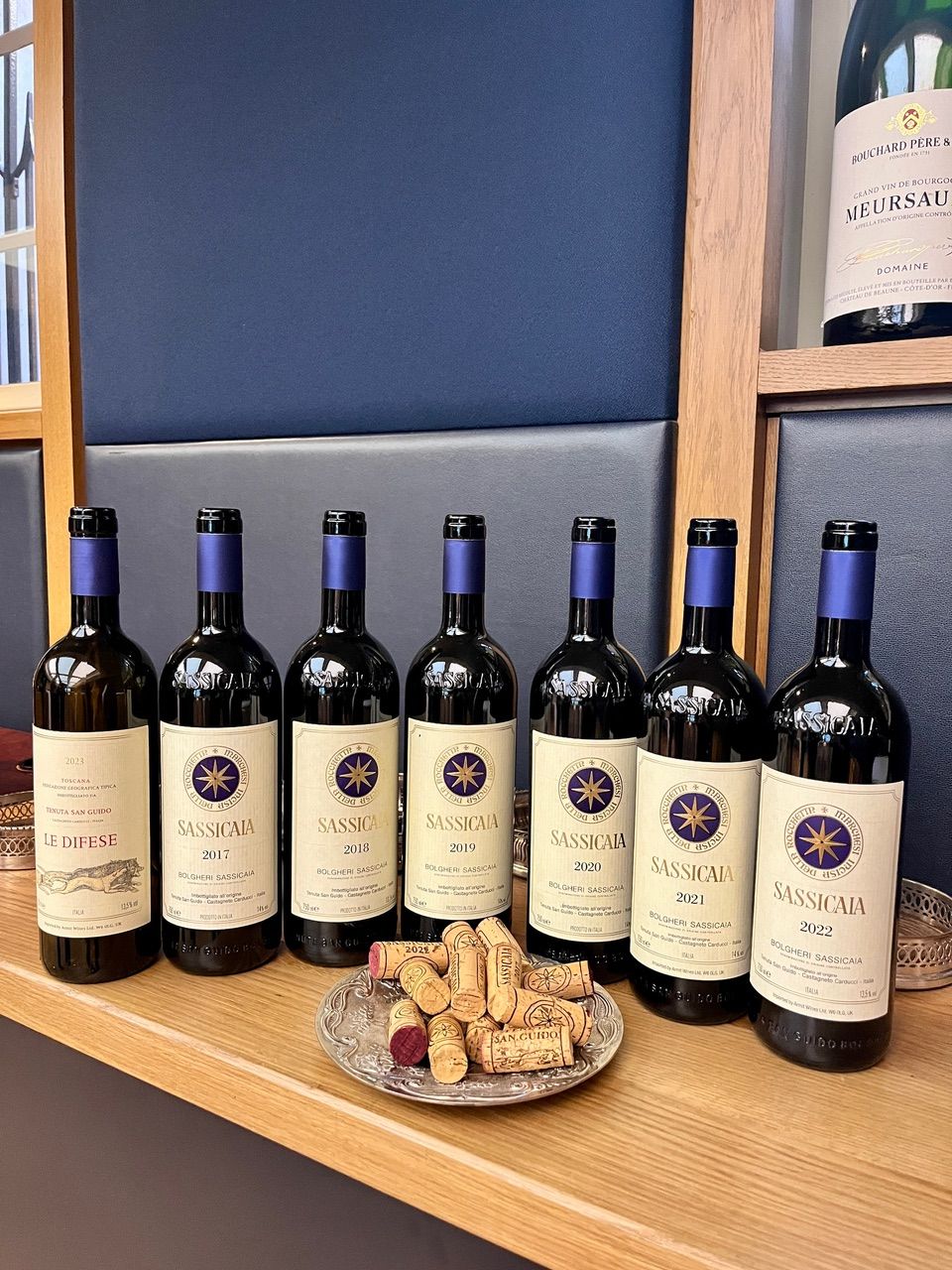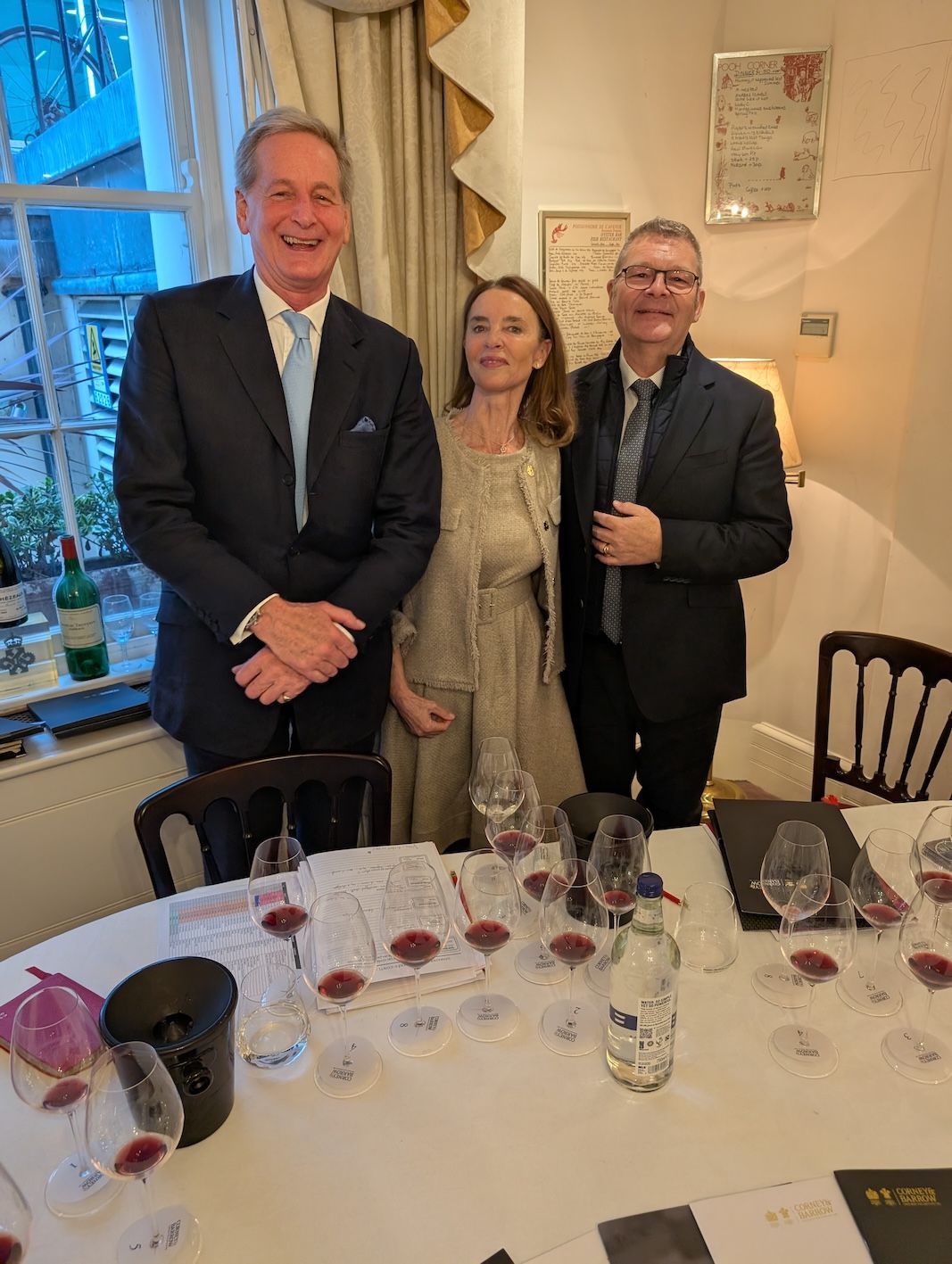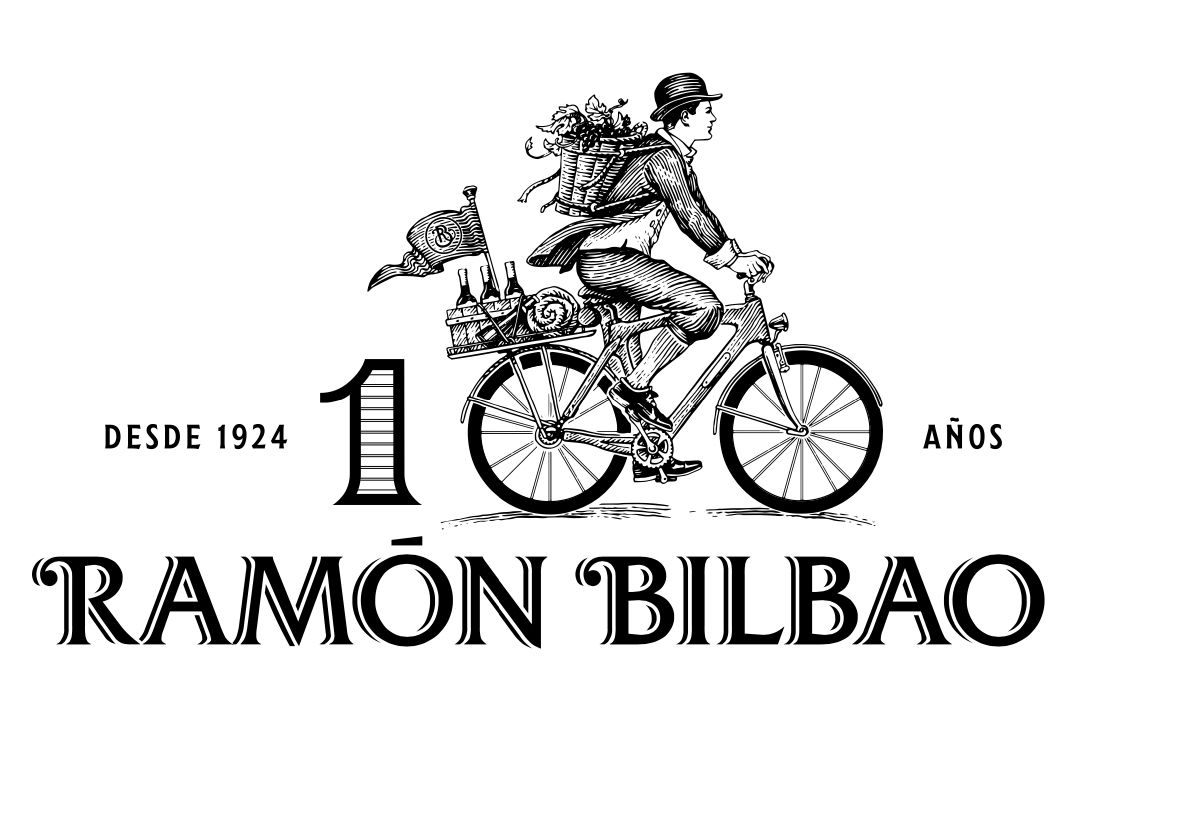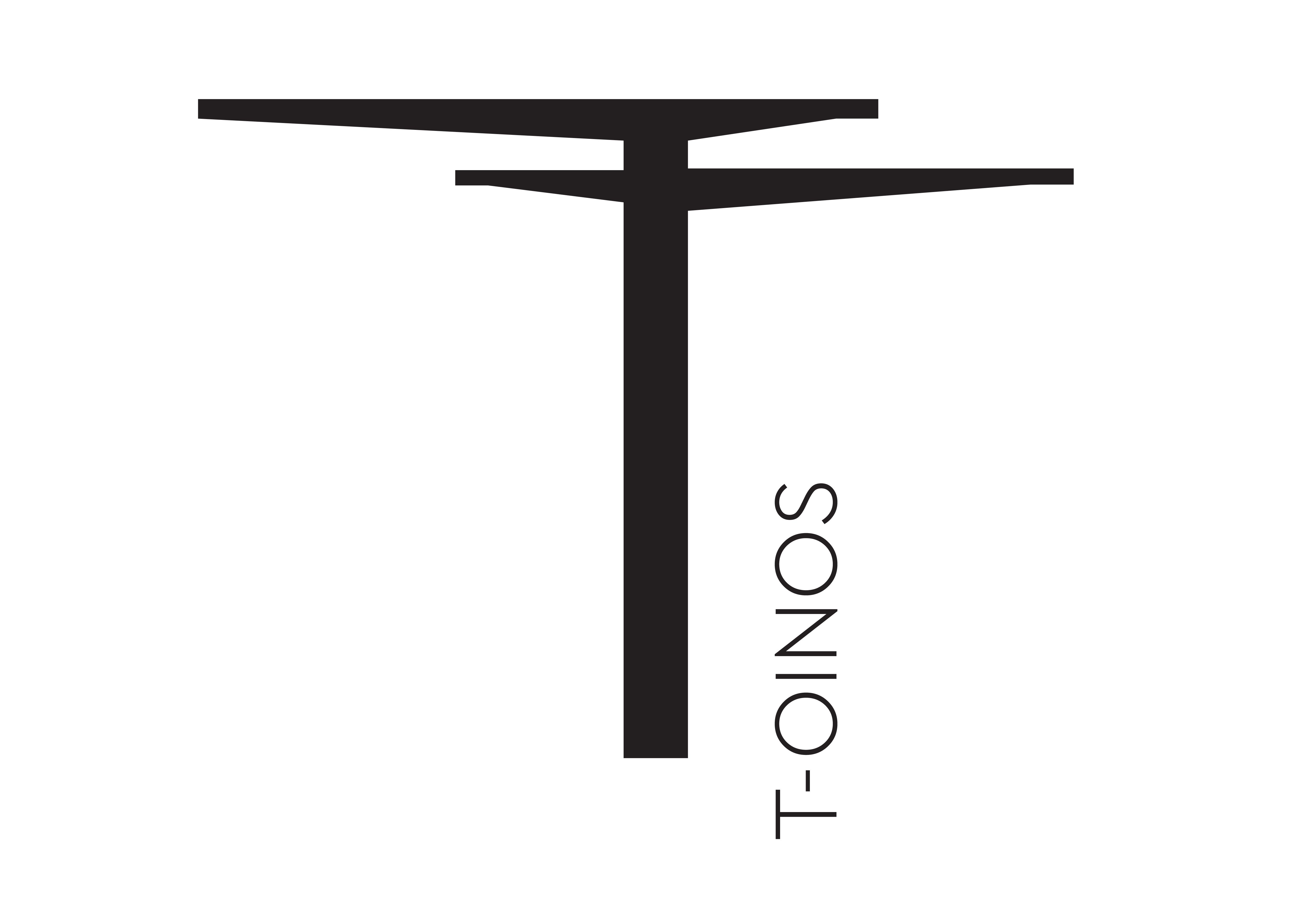Pol Roger Portfolio’s managing director, James Simpson MW, explains what it looks for in a new producer partner and why it is so happy to have Barolo’s Luciano Sandrone on board.
Growing up as a wine lover in the UK it’s impossible to miss the impressive name of Pol Roger on our collective psyche – famously sipped almost every day by Sir Winston Churchill (whose name adorns one of the finest cuvées produced by the house). A powerhouse name of the Champagne region, for the past 30 years it has also run a wine agency in the UK – Pol Roger Portfolio – since 1990 when the UK became the Champagne house’s biggest export market. The agency now manages not only the distribution of its own wines across the UK, but also a host of other premium, family-owned wineries from across the globe.
In the ensuing years the portfolio has expanded to include some of the finest wine across the globe. This included a keen focus on the premium wines of France, Spain, and the US including luminary wineries such as Joseph Drouhin, Atardi and Tor. The key driver is family-owned businesses, a trait highly valued by the Pol Roger family themselves. Its latest addition is Barolo’s Luciano Sandrone.
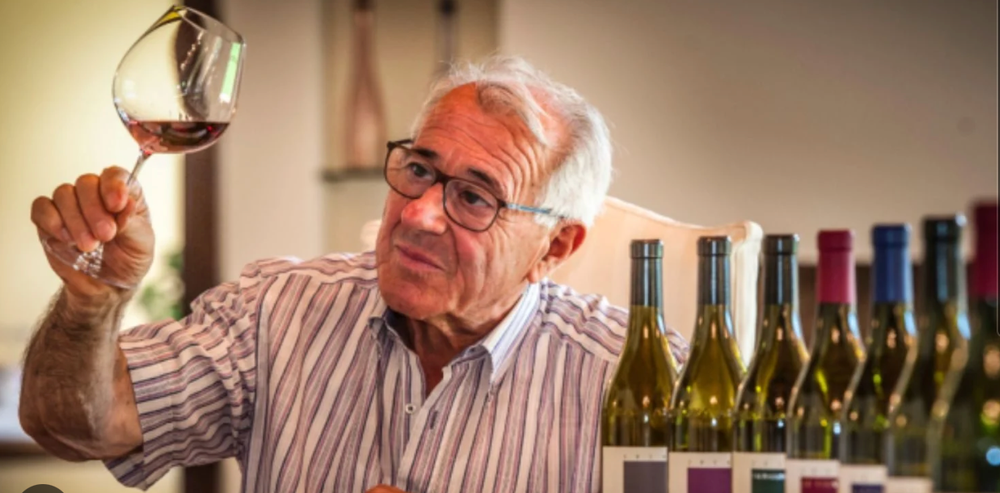
The late Luciano Sandrone had signed up to be part of Pol Roger Portfolio before his death earlier in the year. The partnership though continues with Luciano’s family and his children Barbara and Luca.
“The thought behind it is family ownership usually leads to the best practices,” reveals Simpson. “That usually involves a sustainable rhetoric, and above all a personal investment into the continuing quality and success of any brand.”
The Pol Roger brand itself helps to open many doors, but it also brings an inadvertent challenge. “Our first task is to show we’re not just Pol Roger,” he adds. “We’re about 45% Pol and 55% everything else.”
With the current business sitting at a nudge over 20 staff members, a nudge over 20 agencies to represent, and a healthy, manageable turnover, it’s a perfect place to be right now according to Simpson. “It’s easy to take our portfolio to customers with 20 wineries and good things to talk about with all of them,” he continued. “It’s a fun place to be for all of us, staff and clients.”
Introducing Glenfarclas
The portfolio also includes premium spirits. The company is 95% owned by Pol Roger and now also 5% owned by Banffshire based Glenfarclas. Arriving as an agency in 2006, Glenfarclas’ owner, John Grant, saw the links between the companies. “I think he saw Pol Roger as fellow travellers,” says Simpson. “Families were falling out of the business, but those that are left are increasingly sticking together.”
The addition of traditional scotch whisky Glenfarclas and now the modern Bourbon brand of Lieper’s Fork Distillery “fills a gap we didn’t know we had,” he adds. “We’re really very happy with mix and our staff and clients are really buying in.”
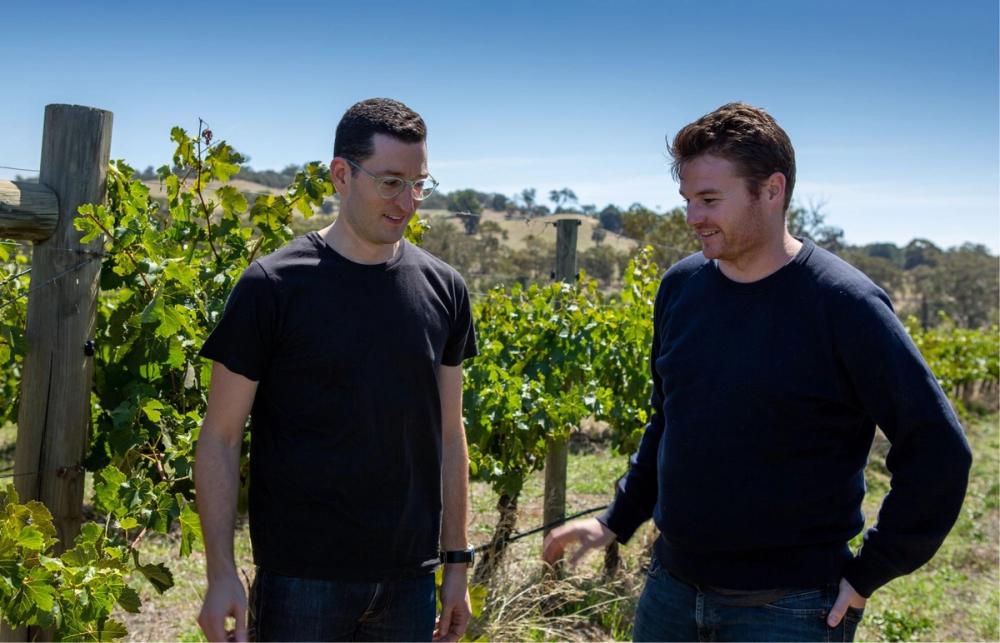
Mulinne Vintners from Geelong in Australia has helped Pol Roger Portfolio expand its range and help offer something different
In recent years the portfolio has expanded to include the likes of Mulinne Vintners from Geelong and Voyager from Margaret River. The addition of wines from Australia was perfectly mutually beneficial. A shortfall in stocks in the northern hemisphere saw Pol Roger look to fill the void. “Let’s take Drouhin for example,” says Simpson. “Great wines and a key to our business, but in recent years (especially 2021) the volumes have been tough, so we needed wines that the Aussie producers could supply.”
It’s not all one way, however. The much-publicised issues surrounded the ups and downs of the free trade agreement with China has left many Australian producers with a need to diversify. “The other great thing is they have a great stock of fabulous white wines too,” says Simpson. “They can help us in our time of need and we can help them come back with a bang to a UK market that needs to reconsider premium Aussie wine as a great option across the style board.”
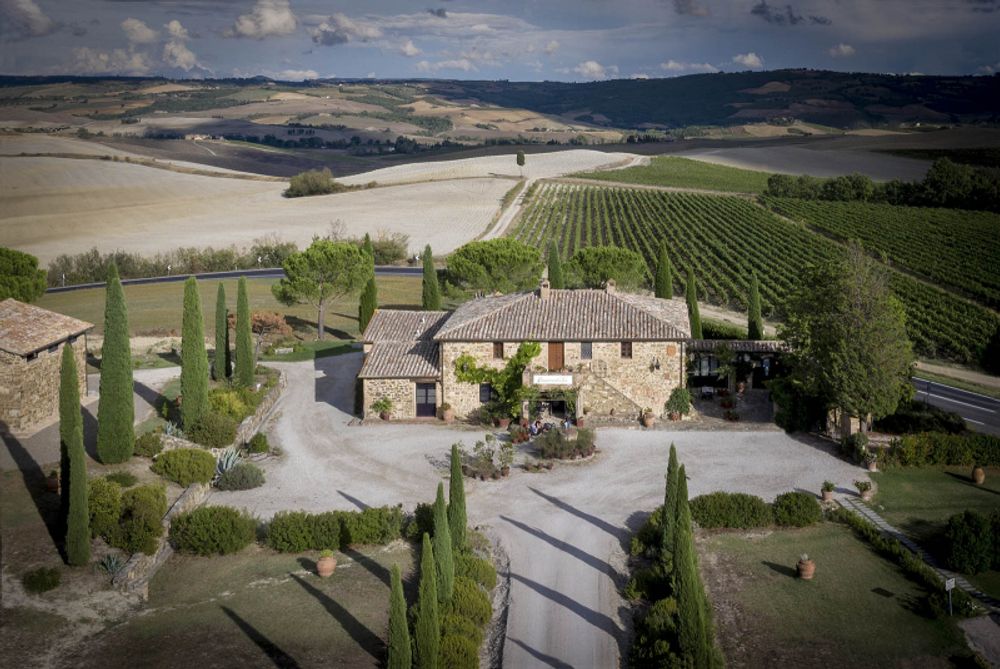
Casanova di Neri is another new Italian producer to join Pol Roger Portfolio
Another blind spot that is now being filled was Italy. The additions of Tuscany’s Casanova di Neri and Veneto’s Dal Forno Romano only just preceded the recent inclusion of Barolo powerhouse, Sandrone. “We’ve had an eye of these producers for a few years now,” says Simpson. “Post pandemic, we get the feeling that traditional agencies like us are back in fashion and we think we can really offer our new partners something successful in the long term. Our big challenge now is not to get too excited, add top wineries in a sustainable way, but make sure we bring our clients along with us.”
Signing Up Sandrone
The wines of founder Luciano Sandrone have fast become modern legends in the world of Barolo. Luciano was cellar master at Marchesi di Barolo when in 1977 he made garagiste wines from 12 rows of Nebbiolo vines on the now sought after Barolo cru site of Cannubi Boschis. His first vintage in 1978 supplied a modest 1570 bottles, but a chance meetng at VinItaly in 1981 saw now renowned wine impresario Mark de Grazia buy all 1570 bottles for the US market. Luciano never looked back.
Sandrone left his job at Marchesi di Barolo in 1990 to concentrate solely on Luciano Sandrone. A gradual expansion of the vineyards now means Sandrone manages 30 hectares, with 27 hectares across the crus of Barolo and 3 hectares north of the Tanaro River in Roero. These vines produce six different wines, which include three different high quality Barolo DOCG wines; the single vineyard Alestre (from Cannubi Boschis), the blended Le Vigne (from across 5 Barolo communes) and the stunning and unique Vite Talin.
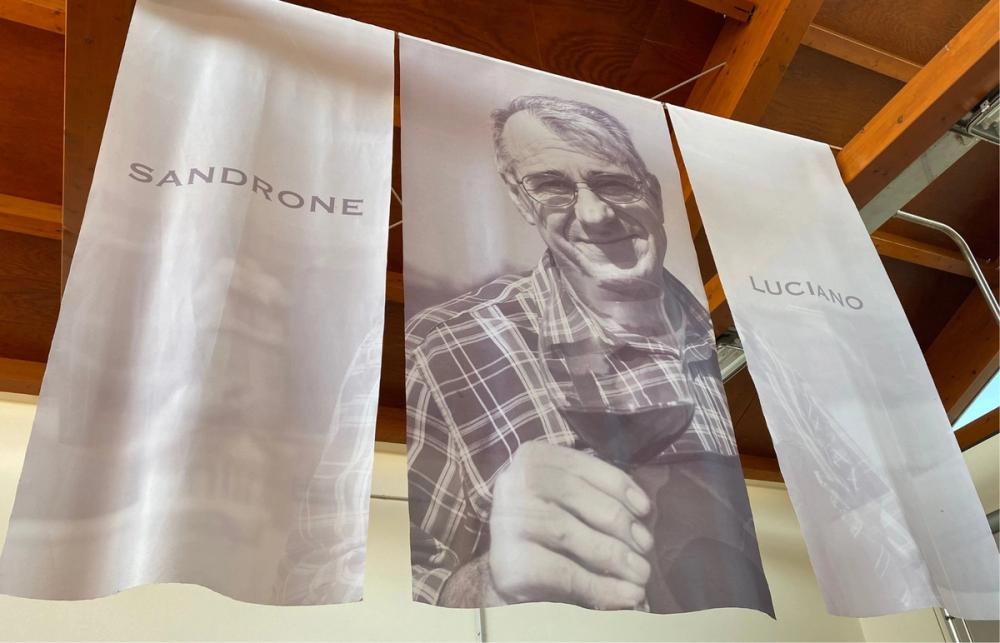
The late Luciano Sandrone still watches over the winery he founded
Luciano Sandrone sadly passed away in January this year, but his legacy is continued with his daughter Barbara and brother Luca now at the helm. The family connection with the land is clearly strong, with Barbara’s daughter Alessia following her grandad’s footsteps into the winery and her son Stefano on the verge of joining her in the international wine markets.
I was fortunate to join Barbara Sandrone for a morning in Barolo at the winery. The family ethos that is such a key component in Pol Roger’s agencies, was a clear sense of pride. She explained the renaming of the iconic Barolo Cannubi Boschis to Aleste in 2013 despite the recent implementation of Barolo’s MGA system that saw Cannubi become a household name amongst the fine wine drinkers of the world.
“My father had always wanted to express the importance of the links to the next generation,” she says. “He sat Luca and myself down in this very room in 2013 and announced that he wanted to change the name of the wine to Aleste from that current vintage. It’s a combination of my kids’ nicknames; Ale and Ste.”
Eschewing the name of one of the most famous crus in Barolo might sound crazy, but it highlighted that, to Luciano, the family legacy was more important than the Cannubi name. As touching as the gesture was, it left some complications for head of marketing, Barbara Sandrone. She laughed as she remembered her father’s reaction to her queries, “You’re Head of Marketing, you’ll work it out!”
That the wine was already a hit all over the world with customers and critics alike, especially with Wine Enthusiast magazine and Robert Parker, would no doubt have softened the blow.
Availability of Perfectly Matured Barolo
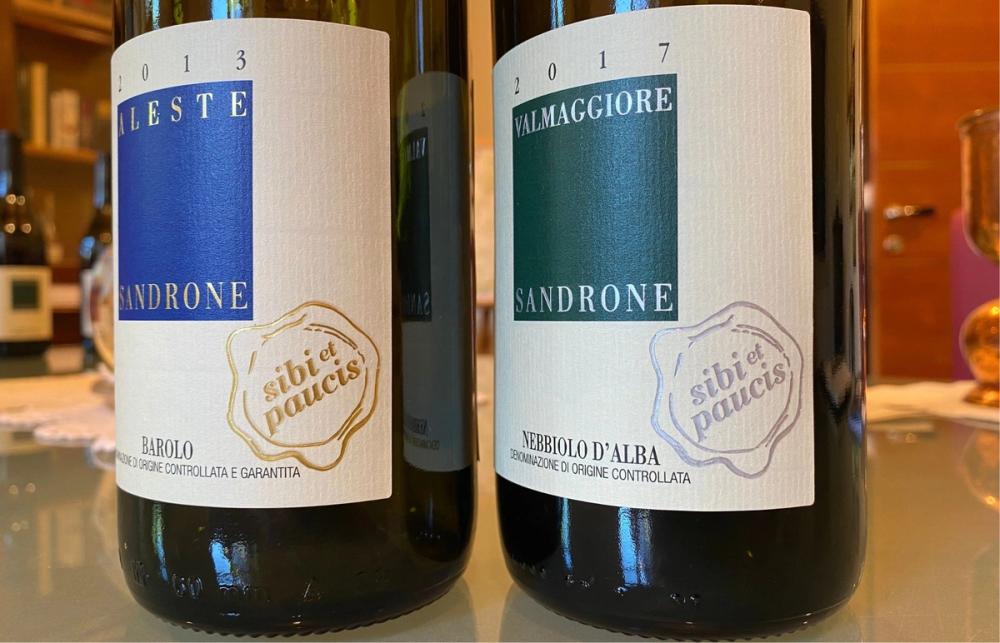
The Sibi et Paucis Project is available through Pol Roger
The day I spoke to Simpson over Zoom, the Sandrone stock had just arrived the day before. “It’s been agreed that we’ll start with on-trade only for these wines,” he revealed. “It’s something the family want to position the wines in the country without them just disappearing into the investment world which is booming for high end Barolo right now.”
They will, however, import the whole range, including the wonderful range from the ‘sibi et paucis’ project from Sandrone. Translated from old Italian as ‘for me and for the few’, the project sees them keep hold of stock, age it in their own cellars under perfect conditions, and then release onto the market a few years later. “My father always felt our Barolo hit the heights about 10 years in,” says Barbara Sandrone. “So although our normal range sees our Barolos have four years in total in barrel and bottle, the ‘sibi et paucis’ Barolos will be released after 10 years, ready to be enjoyed at the height of their beauty.”
Wines to Watch from Sandrone
Sandrone Valmaggiore
2020 Vintage RRP £33.00, 2016 Sibi et Paucis RRP £45.00
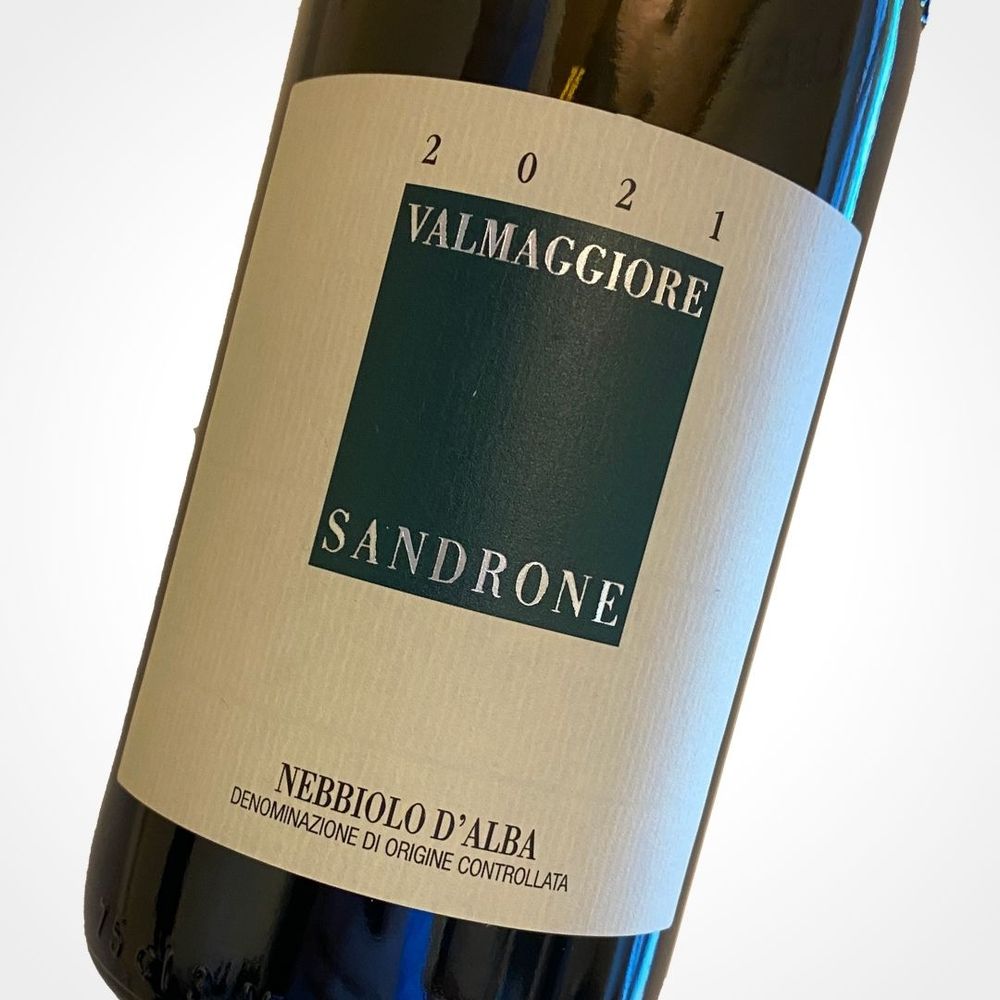
On the northern side of the Tanaro River, the Roero district is the land of Arneis, a local white variety capable of producing fine wines on its own. There are two main hills, however, that are still planted out with Nebbiolo grapes near the town of Vezza D’Alba. Luciano Sandrone first visited this area as part of his time at Marchesi di Barolo, and when the opportunity came up to acquire three hectares of land on the Valmaggiore plot he was so keen that he put on a bus to transport the 28 different owners to the notary!
The Nebbiolo produced on these steep sandy slopes is a lighter expression of the grape, with less tannic grip and less pronounced flavours, but remember that that’s compared to fine Barolo. It’s still a fabulous wine in its own right and a great early drinking Nebbiolo for fine wine drinkers.
Sandrone Le Vigne Barolo
2018 Vintage RRP £85.00, 2012 Sibi et Paucis RRP £125.00
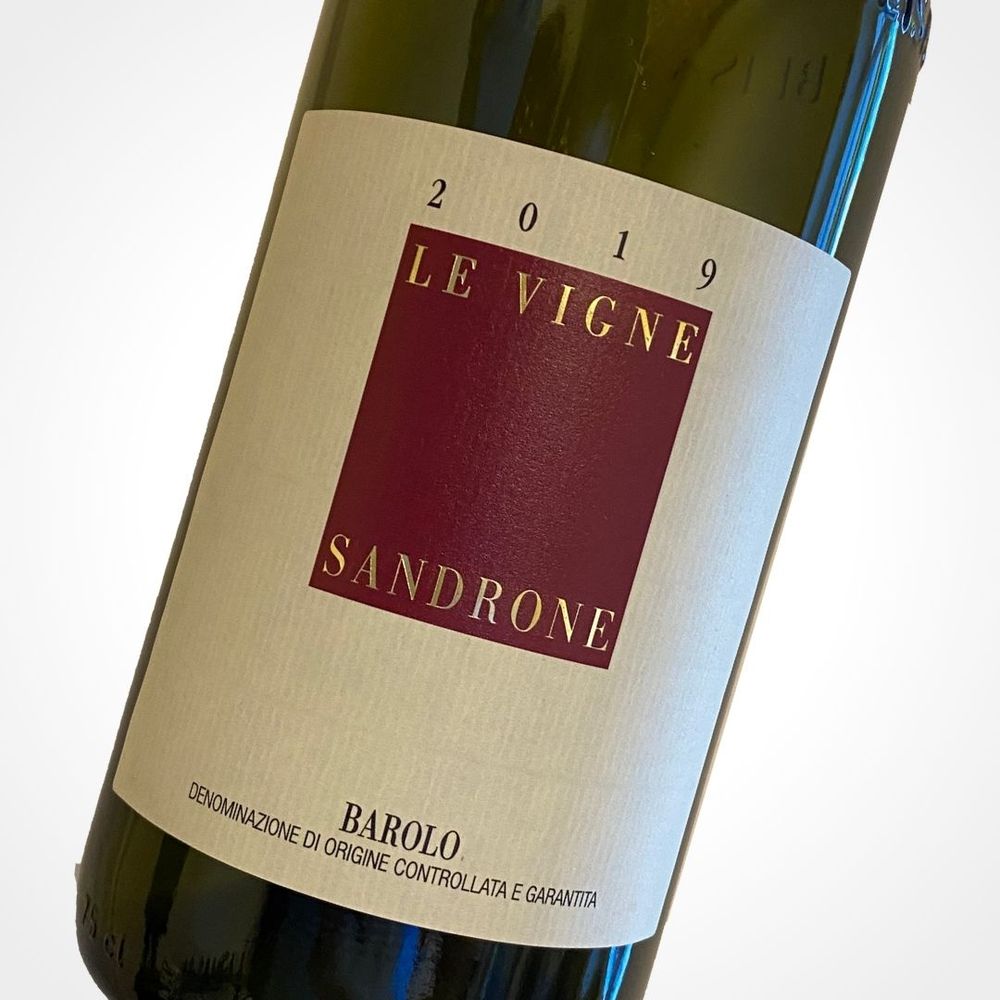
The classic old school Barolo blend. This wine uses grapes form one plot from each of Barolo, Novello, Monforte D’Alba, Serralunga D’Alba and Castigliano Falletto. According to Barbara Sandrone, this is how Barolo used to be made, producing blends that were greater than the sum of parts. Beautifully perfumed, with a heady mix of sweet and savoury notes between cherries and plums to sage and pepper with an overriding lift of rose petal and licorice. Keep an eye out for this one from the sibi et paucis stock.
Sandrone Aleste Barolo
2018 Vintage RRP £98.00, 2012 Sibi et Paucis RRP £135.00
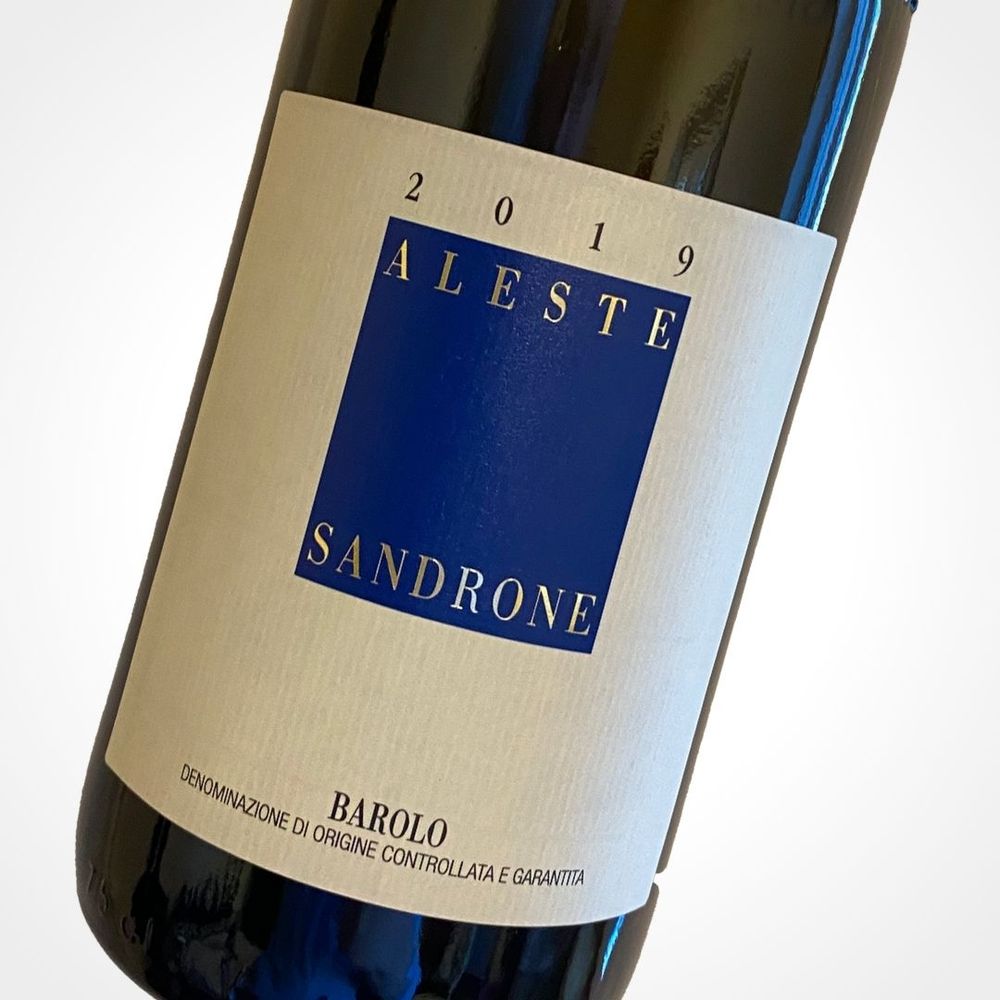
A single vineyard Barolo that reflects where it all began for Luciano in 1977 when he bought 12 rows of Nebbiolo vines in the Cannubi Boschis vineyard. The winery itself was built at the foot of vineyard so the reminder of the family’s journey is ever present. Aged in Sandrone’s signature style of 500L French tonneaux for 18 months before finishing off in bottle, this is a powerful expression of Nebbiolo with super concentrated, ripe red fruit and powerful tannin. It’ll need food, time, or both but has everything in its locker to be a superb wine within 5 years or so.
Sandrone Vite Talin Barolo
2016 Vintage RRP £370.00

A single vine in the Le Coste vineyard in 1987 sparked research into a very specific Nebbiolo plant. It turned out that a combination of viruses made the vine produce looser bunches of smaller concentrated berries. A period of testing, grafting and observation followed, and by the late 1990s they family had replanted the Le Coste vineyard with just this cultivar. By 2013 they had matched the intense berries with careful changes in the winemaking process to launch the Vite Talin (named after the farmer who originally rented them the land).
Aged for three years in a combination of barrels followed by three years in bottle, Sandrone produce only around 2,000 bottles each year. The wine itself is possibly the best wine I’ve tasted this year. I was blown away by the underlying flavour concentration, the complexity and cleanness of the aroma profile, and the depth of the finish. I was still tasting this on a wander round the town half an hour later. Fabulous wine.
- To find out more about the wines from across the Pol Roger Portfolio, please contact Megan Loveridge, on megan.loveridge@polroger.co.uk
- To discover more about the family, winery or wines of Sandrone, please contact Lucia Calancea on news@sandroneluciano.com
- Mike Turner is a freelance writer, presenter, and educator and regular contributor for The Buyer through his editorial company Please Bring Me My Wine. He also runs a wine events business, Feel Good Grapes, that explores and discusses the idea of sustainability in the wine trade.
